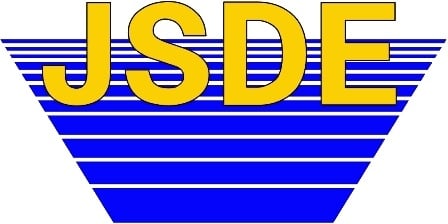Sedimentation countermeasures
Rivers provide a route for the movement of water, but they also carry sediment. Sediment is an indispensable part of the river environment, and recent sedimentation countermeasures not only simply reduce the quantity of sediment, but also help conserve the sediment environment downstream from dams. Technology is needed to enable the sediment removed to conserve the sediment environment, to be supplied to downstream rivers. The most common methods for removing sediment are excavation and dredging, but efforts are now being made to temporarily place the excavated or dredged sediment on the river course downstream from the dam so that a later flood discharge will carry it downstream. Methods such as flushing the sediment through a bypass or lowering the reservoir water level take advantage of the water flowing through the reservoir while facilities are also installed to encourage sediment to flow downstream.
The Japan Dam Engineering Center studies sedimentation countermeasures, including evaluating the sediment environment and planning and designing the required facilities. The JDEC is also developing new technologies for the suction method, which has attracted attention in recent years. The suction method takes advantage of the difference between water levels upstream and downstream from the reservoir to produce flow within a sediment transport pipe, sucking the sediment from the inlet of the transport pipe. It is expected to achieve more precise control by grain size of the quantities of sediment discharged downstream and to reduce costs.
The Japan Dam Engineering Center studies sedimentation countermeasures, including evaluating the sediment environment and planning and designing the required facilities. The JDEC is also developing new technologies for the suction method, which has attracted attention in recent years. The suction method takes advantage of the difference between water levels upstream and downstream from the reservoir to produce flow within a sediment transport pipe, sucking the sediment from the inlet of the transport pipe. It is expected to achieve more precise control by grain size of the quantities of sediment discharged downstream and to reduce costs.

